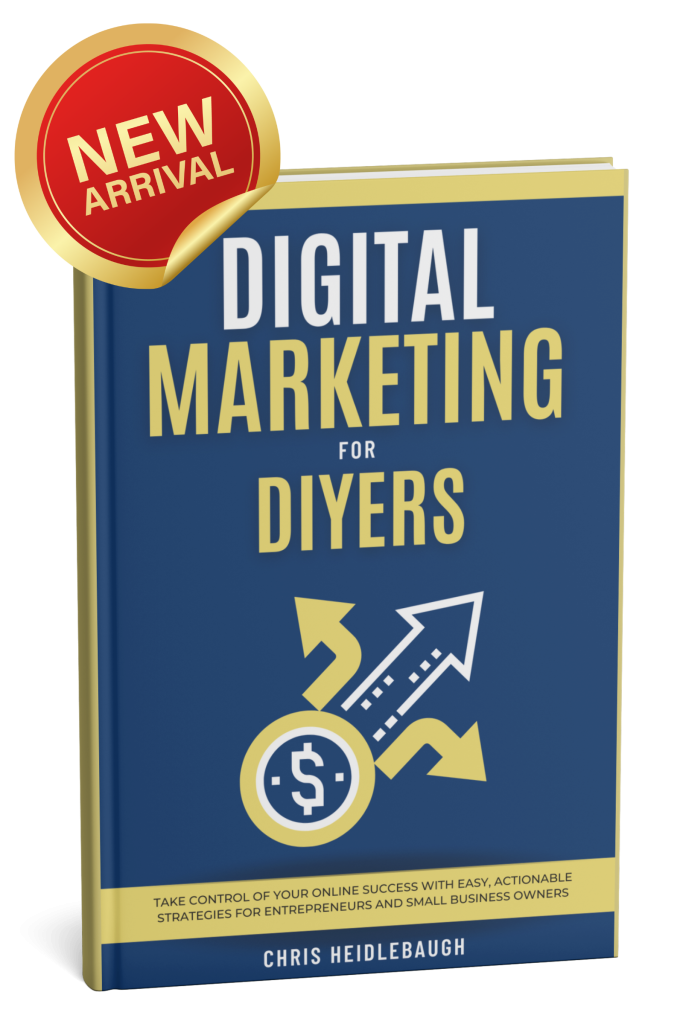In 2025, small businesses must embrace digital marketing strategies that prioritize personalization, leveraging advanced analytics and AI for ideal engagement. Personalization at scale, driven by AI and advanced analytics, enhances customer loyalty through tailored messaging. Furthermore, optimizing for voice and visual search is essential, as voice queries represent a significant portion of searches. Engaging content creation aligned with evolving consumer preferences is vital, especially on platforms like TikTok. By employing multi-touch attribution, businesses can make data-driven decisions. Understanding these strategies enables small enterprises to thrive in a competitive landscape. More insights await on leveraging these trends effectively.
Personalization at Scale
As consumers increasingly demand personalized interactions, small businesses must embrace personalization at scale to remain competitive and relevant.
Leveraging advanced analytics tools allows businesses to gather critical insights into customer behavior, enabling the creation of tailored messages that resonate with distinct audience segments. This approach not only elevates engagement rates—evidenced by a 41% increase in click-throughs and 26% more email opens—but also enhances conversion rates through the strategic use of automation technology.
By employing AI-driven audience segmentation, businesses can deliver customized content that fosters customer loyalty.
In today's competitive market, personalization at scale is not merely an option; it is essential for differentiation and long-term marketing success, driving deeper connections and sustained revenue growth.
Voice and Visual Search
Personalization at scale has set the stage for innovative approaches in digital marketing, particularly with the advent of voice and visual search technologies.
As voice search accounts for 20% of Google App searches, businesses must prioritize voice search optimization by utilizing conversational keywords that resonate with user intent.
Leveraging Natural Language Processing (NLP) allows for content that directly addresses queries, greatly improving discoverability.
Implementing structured data enhances how search engines understand content, increasing chances of appearing in voice and visual results.
Additionally, mobile optimization remains essential; a seamless user experience on smartphones and smart devices is non-negotiable.
To remain competitive in 2025, businesses must refine their marketing strategies by effectively managing synonyms and homonyms, ensuring accuracy in voice search outcomes.
Advanced Analytics Techniques
Advanced analytics techniques are revolutionizing the way small businesses approach their marketing strategies. By employing tools like multi-touch attribution, companies can meticulously track customer touchpoints, resulting in profound data-driven insights that illuminate the buyer journey. Integrating engagement rates from social media and conversion metrics from search engines enhances the allocation of marketing budgets, ensuring resources are directed where they yield the highest return. AI-driven analytics platforms further refine this process, analyzing real-time data trends to inform targeted marketing strategies. Regular reviews of performance metrics are essential for identifying effective channels, with businesses that harness these insights experiencing markedly improved marketing effectiveness.
| Technique | Key Focus Areas | Benefits |
|---|---|---|
| Multi-Touch Attribution | Customer Touchpoints | Extensive Buyer Insights |
| Engagement Metrics | Social Media Performance | Effective Budget Allocation |
| AI-Driven Analytics | Real-Time Data Trends | Informed Decision-Making |
| Performance Reviews | Marketing Effectiveness | Enhanced Channel Identification |
Shifting Consumer Preferences
With the rapid evolution of digital platforms, small businesses must recognize and adapt to shifting consumer preferences that increasingly favor interactive and engaging content.
Today's consumers, particularly Millennials and Gen-Z, gravitate towards platforms like TikTok and Amazon for product discovery, necessitating the integration of engaging short-form content into the digital marketing plan.
Utilizing trending hashtags can enhance visibility, while high-quality images and detailed descriptions optimize Amazon listings, influencing purchasing decisions.
Additionally, SEO strategies must evolve to align with mobile and AI-driven platforms, incorporating conversational elements for voice assistants.
AI Integration Strategies
As small businesses navigate the complexities of digital marketing, integrating artificial intelligence (AI) into their strategies has emerged as a pivotal approach to enhancing operational efficiency and customer engagement.
AI integration strategies, such as utilizing tools like ChatGPT for content creation, can notably streamline email, organic search, and social media efforts.
In addition, AI-powered chatbots effectively address customer questions, providing personalized experiences that boost satisfaction.
Predictive analytics enable businesses to analyze consumer behavior, facilitating targeted marketing campaigns that increase conversion rates.
By optimizing for voice search and implementing AI-driven marketing solutions, small businesses can allocate resources more effectively, driving performance across channels.
Establishing an AI Governance Policy guarantees transparency and compliance, fostering trust in these transformative technologies.
Content Marketing Essentials
Although many small businesses recognize the importance of content marketing, a mere 17% have implemented a dedicated strategy, underscoring a significant opportunity for growth.
To harness the full potential of content marketing, businesses must focus on:
- High-quality content that differentiates the brand.
- Consistent content creation to enhance audience engagement.
- SEO best practices incorporating relevant keywords to boost organic traffic.
Zero Click Marketing
How can small businesses adapt to the shifting landscape of digital marketing? Embracing Zero Click Marketing is essential.
This strategy delivers valuable content directly within search engine results pages (SERPs) and social media platforms, aligning with the changing consumer behavior that now favors immediate insights over traditional clicks—fewer than 60% of tracked keywords result in user engagement.
By implementing structured data and optimizing for snippets, businesses can enhance brand visibility and engagement metrics.
Agile marketing strategies that focus on impressions rather than clicks foster deeper connections, especially given the prevalence of mobile access.
As small businesses pivot towards Zero Click Marketing, they gain a competitive edge in capturing attention and driving meaningful interactions with their audience.
Building Online Presence
A robust online presence is essential for small businesses aiming to thrive in today's digital marketplace, with research indicating that approximately 70% of consumers search online for local products and services prior to making a purchase.
To effectively build this presence, consider these strategies:
- Optimize your Google Business Profile to enhance local SEO and improve visibility.
- Create a mobile-friendly website, as 52% of consumers abandon poorly designed sites.
- Regularly publish genuine content, such as blog posts and engaging social media posts, to attract organic traffic and foster customer engagement.
Implementing these digital marketing strategies will not only improve visibility but also cultivate trust and loyalty among your target audience, ensuring long-term success in an ever-evolving marketplace.
Final Thoughts
In 2025, small businesses must navigate a rapidly evolving digital landscape by adopting innovative marketing strategies. Personalization, voice and visual search capabilities, and advanced analytics will serve as cornerstones for engaging consumers. As preferences shift, AI integration and effective content marketing will become essential. The rise of zero-click marketing underscores the need for a robust online presence. By embracing these strategies, small businesses can stay ahead of the curve, ensuring success in an increasingly competitive environment.










